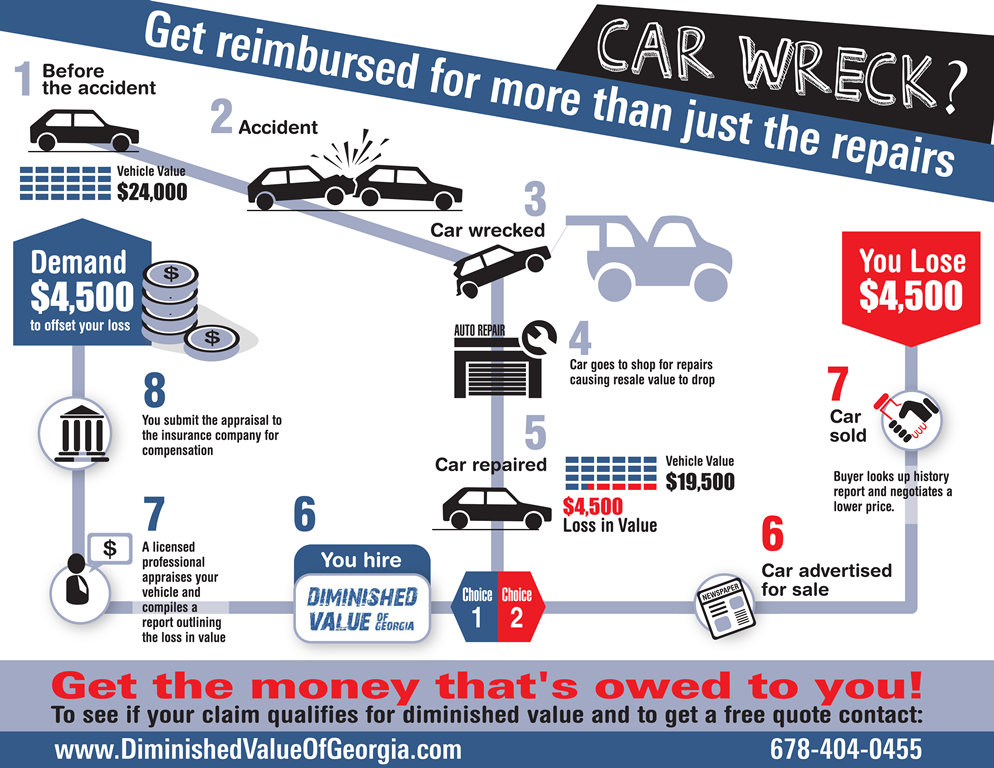Examining Your Automobile'S Warning Indicators: What They Truly Convey
Examining Your Automobile'S Warning Indicators: What They Truly Convey
Blog Article
Developed By-Higgins Winters
When you're behind the wheel, those radiant warning lights on your dashboard can be a little bit difficult. Do you recognize what they're attempting to tell you about your automobile's wellness? Understanding the significance of these lights is crucial for your safety and security and the durability of your lorry. So, the following time among those lights pops up, would not you intend to understand its message properly and take the necessary steps to resolve it?
Common Warning Lighting and Interpretations
Determine common caution lights in your car and understand their significances to make certain risk-free driving.
read the article include the check engine light, which signals problems with the engine or emissions system. If this light comes on, it's essential to have your car inspected immediately.
The oil pressure alerting light indicates low oil pressure, calling for instant interest to stop engine damages.
ocd detailing blinking battery light could recommend a malfunctioning charging system, potentially leaving you stranded if not dealt with.
The tire pressure surveillance system (TPMS) light signals you to low tire pressure, influencing lorry stability and fuel performance. Ignoring this could result in hazardous driving problems.
The ABS light indicates a problem with the anti-lock braking system, jeopardizing your capacity to stop promptly in emergency situations.
Lastly, the coolant temperature cautioning light warns of engine getting too hot, which can lead to serious damage otherwise settled promptly.
Recognizing these usual warning lights will certainly help you address concerns without delay and preserve safe driving conditions.
Relevance of Prompt Attention
Comprehending the common warning lights in your auto is only the initial step; the importance of without delay addressing these warnings can not be highlighted sufficient to guarantee your safety when driving.
When a caution light brightens on your control panel, it's your car's way of communicating a possible problem that requires interest. Overlooking these warnings can result in a lot more extreme problems later on, jeopardizing your safety and potentially costing you extra out of commission.
Trigger focus to warning lights can avoid break downs and accidents. As an example, a blinking check engine light can indicate a misfire that, if left unattended, could trigger damage to the catalytic converter. Addressing this quickly can conserve you from a costly fixing.
In a similar way, a brake system advising light may signal reduced brake liquid or worn brake pads, vital elements for your security when driving.
DIY Troubleshooting Tips
If you notice a caution light on your dashboard, there are a few DIY troubleshooting tips you can attempt before looking for professional help.
The first step is to consult your car's handbook to comprehend what the specific caution light indicates. In some cases the concern can be as easy as a loosened gas cap causing the check engine light. Tightening the gas cap might solve the issue.
An additional typical problem is a low battery, which can trigger different advising lights. Checking the battery links for rust and ensuring they're safe may deal with the issue.
If a warning light continues, you can try resetting it by separating the cars and truck's battery for a couple of minutes and afterwards reconnecting it. In addition, checking your vehicle's fluid levels, such as oil, coolant, and brake fluid, can help fix cautioning lights associated with these systems.
Conclusion
In conclusion, recognizing your automobile's warning lights is crucial for maintaining your vehicle running efficiently and safely. By without delay attending to these signals and understanding what they indicate, you can avoid costly repair work and potential breakdowns.
Remember to consult your auto's manual for certain details on each warning light and take action as necessary to guarantee a hassle-free driving experience.
Stay educated, remain secure when traveling!
